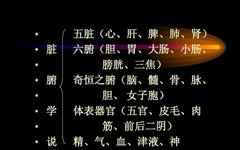Transmission: Moxibustion | Gua Sha | Meridians | Acupoints | Health Preservation | Regulation | Health
The Theory of Zang-Fu is a study that examines the physiological functions, pathological changes, and interrelationships of the internal organs (zang-fu) of the human body through the observation of external phenomena and signs.
The zang-fu can be categorized into Five Zang, Six Fu, and Extraordinary Fu based on their physiological functions and anatomical characteristics. Today, we will learn about the relationship between the “Heart” (Xin) in the Five Zang and the “Small Intestine” (Xiao Chang) in the Six Fu.
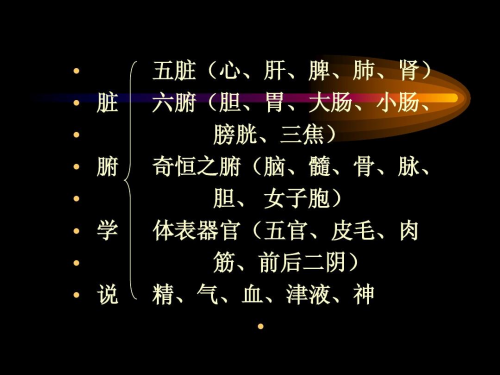
Traditional Chinese Medicine (TCM) believes that the Heart and Small Intestine form an interrelated relationship. The Heart is the zang (internal organ) and is located within, while the Small Intestine is the fu (hollow organ) and is located externally. The two are interconnected through the meridians, forming this relationship. If heat from the Heart moves to the Small Intestine, symptoms of excess heat in the Small Intestine may be observed, such as a red tongue, yellow coating, dark urine, scanty urination, and a burning sensation during urination. Conversely, if heat from the Small Intestine ascends to the Heart, symptoms of excessive Heart fire may appear, including irritability, thirst, sores on the tongue and mouth, a red tongue, and a rapid pulse.
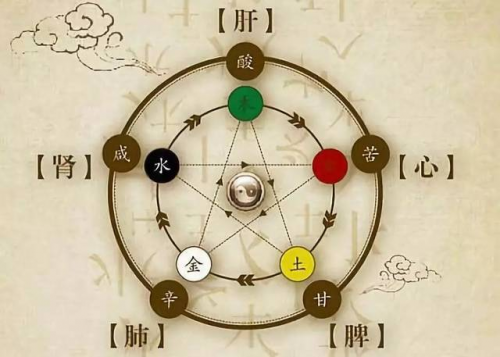
The Heart governs blood vessels, and its manifestation is seen in the face. The vessels are the residence of blood, serving as channels for blood circulation. The normal beating of the heart primarily relies on the abundance of Heart Qi and Heart blood. Sufficient Heart blood ensures normal blood flow in the vessels, nourishing the entire body. The fullness of blood and the smoothness of the vessels are also essential conditions for normal blood circulation. If Heart Qi is abundant and blood is full, the complexion will be rosy and radiant, and the pulse will be gentle, even, and strong. Conversely, if the complexion is pale and lacks luster, the pulse may be weak and thin, and in severe cases, stagnation of Heart blood may lead to a grayish complexion, bluish lips, and a pulse that is choppy, knotted, or intermittent.
The Heart houses the spirit, or the Heart contains the Shen. TCM believes that the functions of mental awareness and cognitive activities belong to the Five Zang, especially the Heart. When the function of the Heart governing the spirit is normal, it manifests as a spirited demeanor, clear consciousness, normal sleep, and active thinking. Conversely, dysfunction may lead to symptoms such as irritability, palpitations, insomnia, forgetfulness, and even mania or coma. Additionally, the spirit can influence the functional activities of various organs under certain conditions.
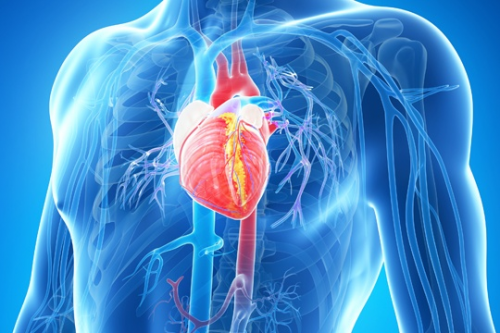
The Heart governs sweat, as sweat is produced by the evaporation of fluids due to Yang Qi dispersing in the skin. Therefore, sweat is a transformation of body fluids. Blood is governed by the Heart, and sweat and blood share the same origin, making sweat a fluid of the Heart. Insufficient Heart Qi and blood often lead to spontaneous sweating and night sweats. Excessive sweating can deplete Heart Yang, resulting in palpitations, fatigue, and in severe cases, coma, a pale expression, and symptoms of “profuse sweating leading to loss of Yang”.
The Heart opens to the tongue, with the tongue being the external manifestation of the Heart. The Heart governs blood vessels, and the Qi and blood of the Heart ascend to the tongue. Any changes in the Heart can be reflected on the tongue. For instance, if there is insufficient Heart blood, the tongue may appear pale; if there is excessive Heart fire, the tongue may be red and even ulcerated; if there is stagnation of Heart blood, the tongue may appear purplish or have spots of stasis; if phlegm obstructs the Heart orifices, the tongue may be stiff and speech may be slurred.
The Heart and Small Intestine are interrelated; the Small Intestine is the fu on the surface, while the Heart is the zang within, and the two are interconnected through the meridians.
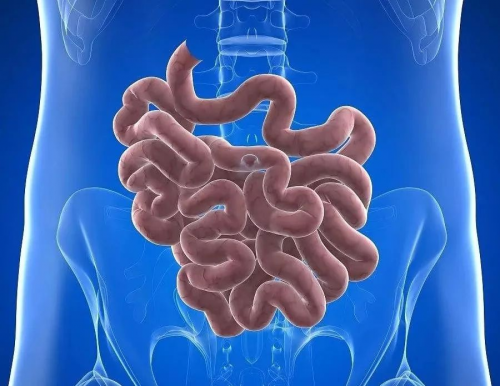
The Heart and Small Intestine are often defined as fire, and there is a saying that the Small Intestine is the second heart of the human body. The Heart generates heat, which should ideally rise, similar to a hot air balloon that ascends, as there is no concept of a cold air balloon. The nature of heat is to rise. However, if heat rises excessively, the body temperature may become too high, leading to fever, and the brain may be damaged first. Therefore, the lungs and Small Intestine are created; Heart fire controls Lung metal, consuming heat energy, and the heat collected by the lung system descends through the Small Intestine.
In the human body, energy and heat must converge downwards. If Qi cannot descend smoothly, it often leads to pathological conditions.
Since the Small Intestine absorbs the heat from the Heart, its temperature becomes very high, with the original heat source coming from the Heart.
The fire of the Heart directs downwards to the Small Intestine, so in a normal person, the Heart and Small Intestine operate at the same speed, temperature, pressure, and vibration frequency, which is a remarkable physiological phenomenon in the human body.
Copyright Statement: If there are any copyright issues, please contact us for resolution.
Your attention and sharing will help more families learn about health preservation.Everyone can be the master of their own and their family’s health
 Use moxibustion to protect health, and achieve wealth and career with altruism! Scan to consult in detail↓↓↓
Use moxibustion to protect health, and achieve wealth and career with altruism! Scan to consult in detail↓↓↓ 

